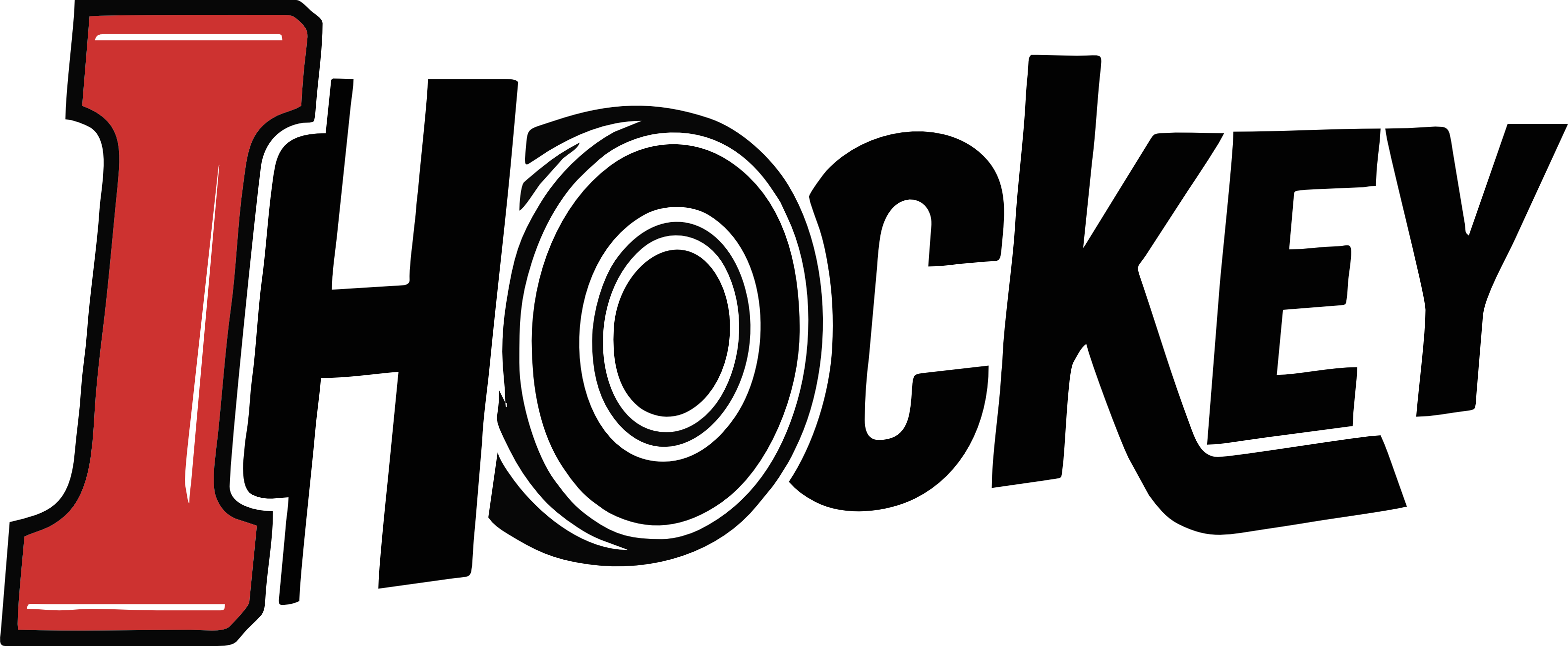Welcome to our in-depth exploration of ice hockey tactics and strategies, where the game’s intricacies and nuances come to light. Ice hockey is not merely a test of individual skill but a strategic battle where each team employs various tactics to outsmart their opponents and secure victory. In this blog post, we’ll delve into the strategic elements that shape the game, from offensive plays to defensive formations and everything in between.
Offensive Strategies: Breaking Down the Attack
Offensive strategies in ice hockey are designed to create scoring opportunities and pressure the opponent’s defense. One of the most common tactics is the “forecheck,” where forwards aggressively pursue the puck in the offensive zone to disrupt the opposing team’s breakout and regain possession. Other offensive strategies include cycling the puck along the boards, setting up screens and deflections in front of the net, and executing quick passing plays to create openings in the defense.
Defensive Tactics: Fortifying the Blue Line
On the defensive side of the puck, teams employ various tactics to protect their own net and thwart the opponent’s scoring chances. The “neutral zone trap” is a classic defensive strategy where players clog the center of the ice, forcing the opposing team to dump the puck into the offensive zone rather than carry it in with control. Shot blocking, stick positioning, and backchecking are also key components of effective team defense.
Special Teams: Power Plays and Penalty Kills
Special teams play a crucial role in the outcome of hockey games, with power plays and penalty kills often deciding momentum swings. During a power play, the attacking team has a numerical advantage due to a penalty assessed to the opponent. Power play strategies typically involve moving the puck quickly to create open shooting lanes and capitalize on scoring opportunities. Conversely, penalty kill strategies focus on pressuring the puck carrier, disrupting passing lanes, and clearing the puck out of the defensive zone.
Transition Game: Speed and Skill in Motion
The transition game is where hockey’s fluidity and speed truly shine. It refers to the seamless transition between offense and defense, where teams quickly move the puck up the ice to create scoring chances while remaining defensively responsible. Transition tactics often involve quick, crisp passes, smooth zone entries, and effective backchecking to prevent odd-man rushes the other way.
Coaching Strategies: Adjusting on the Fly
Behind every successful team is a skilled coaching staff that meticulously plans and adapts strategies throughout the game. Coaches analyze opponent tendencies, assess in-game situations, and make strategic adjustments to maximize their team’s chances of success. Whether it’s changing line combinations, tweaking defensive pairings, or calling timeouts to regroup, coaching strategies play a pivotal role in the outcome of hockey games.
Conclusion
In conclusion, ice hockey is a dynamic and strategic sport where tactics and strategies are just as important as individual skill. From offensive plays to defensive formations, special teams to transition game strategies, every aspect of the game is meticulously planned and executed to gain a competitive edge. By understanding and appreciating the strategic elements of ice hockey, fans can gain a deeper insight into the intricacies of the game and the brilliance of its players and coaches.
Thank you for joining us on this journey through the world of ice hockey strategies. Stay tuned for more insights, analysis, and in-depth explorations of the sport we all love.

